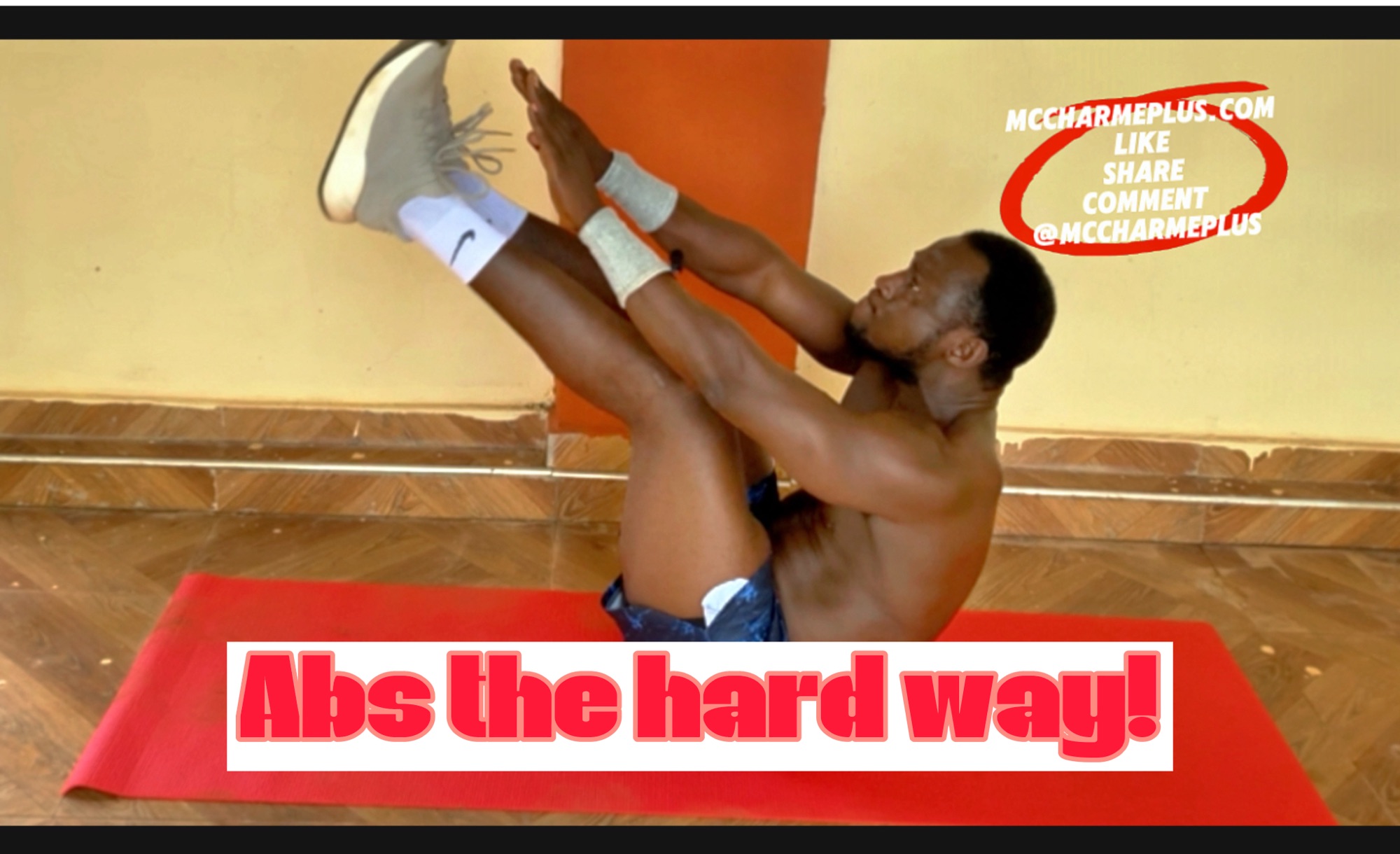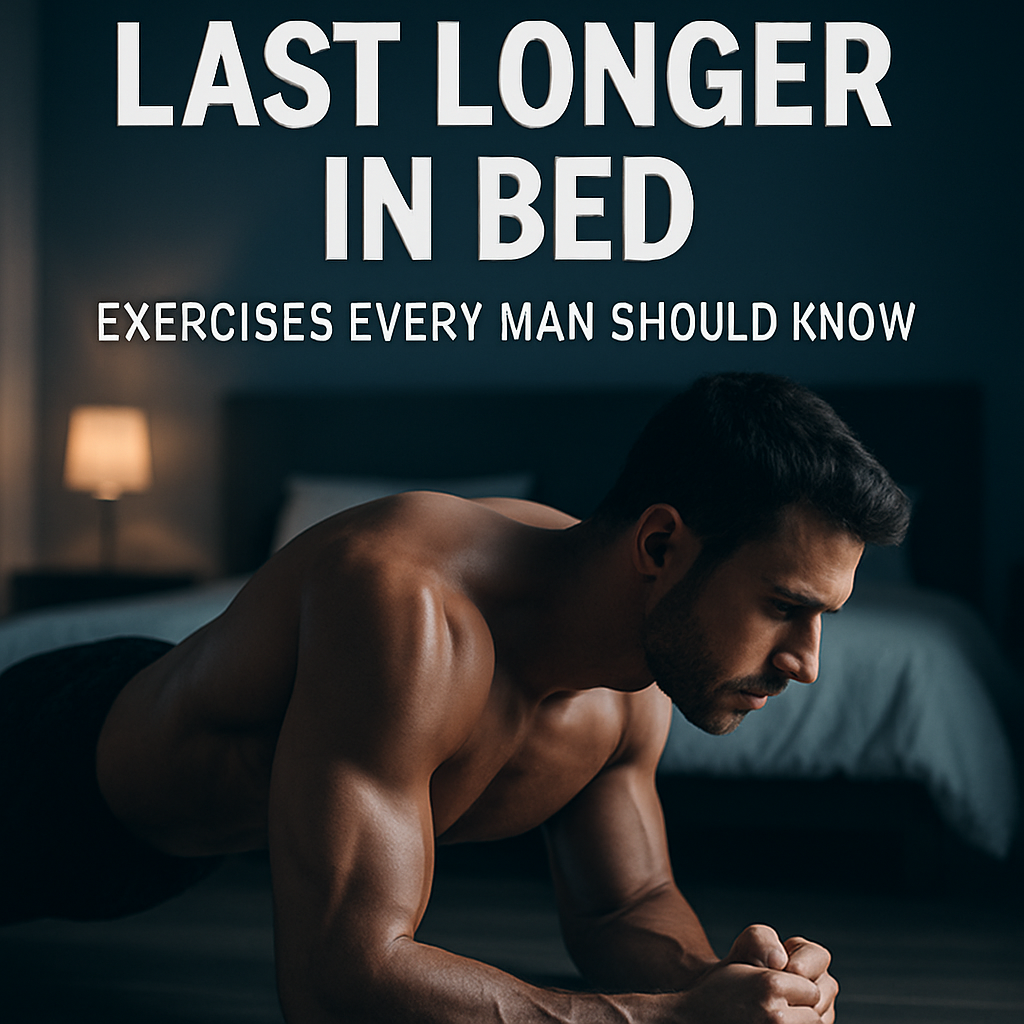Introduction
When it comes to choosing a form of exercise, two popular options often come to mind: walking and running. Both activities offer numerous benefits for physical and mental health, but they differ in terms of intensity, impact, and overall experience.
Whether you’re looking to improve your cardiovascular fitness, boost your mood, or simply find a convenient way to stay active, understanding the benefits and differences between walking and running can help you decide which exercise is right for you.
In this article, we’ll explore the benefits and drawbacks of walking and running, and provide guidance on choosing the best exercise for your needs and goals.
Benefits of Walking
Walking is a simple yet powerful form of exercise that offers numerous benefits for physical and mental health. Some of the key benefits of walking include:
Low-impact nature: Walking is a low-impact activity that can be easier on the joints compared to high-impact activities like running.
Accessibility and convenience: Walking is an easily accessible form of exercise that requires no special equipment or training, making it a great option for people of all ages and fitness levels.
Weight-bearing benefits for bone health: Walking is a weight-bearing exercise that can help improve bone density, reducing the risk of osteoporosis and fractures.
Calorie burn and weight management: Walking can be an effective way to burn calories and aid in weight loss or weight management.
Mental health benefits: Walking can have a positive impact on mental health, reducing stress and anxiety while boosting mood and overall well-being.
Whether you’re walking around your neighborhood, on a treadmill, or exploring new trails, this low-impact exercise can be a great way to improve your physical and mental health.
Benefits of Running
Running is a high-intensity exercise that offers numerous benefits for physical and mental health. Some of the key benefits of running include:
High-intensity calorie burn: Running is an effective way to burn calories and aid in weight loss or weight management.
Cardiovascular benefits: Running can help improve cardiovascular health, increasing heart rate and blood flow, and reducing the risk of heart disease.
Improved muscle strength and endurance: Running can help build strong legs, glutes, and core muscles, improving overall muscle strength and endurance.
Mental health benefits: Running can release endorphins, also known as “feel-good” hormones, which can help reduce stress and anxiety while boosting mood and overall well-being.
Time-efficient workout: Running can be a time-efficient way to get a great workout, especially for those with busy schedules.
Whether you’re running on a treadmill, track, or trail, this high-intensity exercise can be a great way to challenge yourself and achieve your fitness goals.
Comparison of Walking and Running
When deciding between walking and running as a form of exercise, it’s essential to consider the differences between the two activities. Here’s a comparison of walking and running:
Impact on joints: Running can be high-impact and stressful on joints, particularly for those with pre-existing joint issues or chronic pain. Walking, on the other hand, is generally lower-impact and easier on joints.
Calorie burn: Running tends to burn more calories than walking, especially at high intensities or over longer distances.
Cardiovascular benefits: Both walking and running can provide excellent cardiovascular benefits, but running may offer more intense cardiovascular benefits due to its high-intensity nature.
Injury risk: Running may carry a higher risk of injury, particularly for beginners or those who don’t properly train or warm up. Walking is generally considered a lower-risk activity.
Time commitment: Running can be a more time-efficient way to get a great workout, but both walking and running can be adapted to fit different schedules and fitness levels.
By considering these factors, you can make an informed decision about which exercise is best for you.
Which is Better for You?
When deciding between walking and running, consider the following factors to determine which exercise is best for you:
Fitness goals: If you’re looking to improve cardiovascular fitness or burn calories quickly, running might be a better option. For overall fitness, weight-bearing benefits, and low-impact exercise, walking could be more suitable.
Current fitness level: If you’re new to exercise or have mobility issues, walking might be a more accessible starting point. Running may require more intense training and conditioning.
Joint health: If you have joint issues or chronic pain, walking’s low-impact nature might make it a better choice.
Personal preferences: Consider what you enjoy and what fits your lifestyle. If you prefer shorter, more intense workouts, running might be a better fit. For a more relaxed, low-impact activity, walking could be preferable.
Time commitment: Think about how much time you can dedicate to exercise. Both walking and running can be adapted to fit different schedules.
By considering these factors, you can choose the exercise that best fits your needs, goals, and lifestyle.
Tips for Getting Started
Whether you choose walking or running, here are some tips to help you get started:
For Both Walking and Running
Start slow: Begin with short sessions and gradually increase duration and intensity.
Set realistic goals: Define achievable goals, such as frequency, distance, or time.
Find a safe route: Identify safe and enjoyable routes in your area.
Track your progress: Use a fitness tracker, journal, or app to monitor your progress.
For Walking
Choose comfortable shoes: Wear supportive and comfortable shoes suitable for walking.
Pay attention to posture: Maintain good posture to avoid discomfort and injury.
Explore new routes: Mix up your walking routes to keep things interesting and prevent boredom.
For Running
Invest in proper gear: Get good quality running shoes and consider additional gear like socks and clothing.
Warm up and cool down: Always warm up before running and cool down afterwards to prevent injury.
Listen to your body: Pay attention to your body’s signals, and rest when needed to avoid injury.
By following these tips, you can set yourself up for success and enjoy the benefits of walking or running.
Conclusion
In conclusion, both walking and running are excellent forms of exercise that offer numerous benefits for physical and mental health. By considering your fitness goals, current fitness level, joint health, personal preferences, and time commitment, you can choose the exercise that best fits your needs and lifestyle.
Whether you prefer the low-impact nature of walking or the high-intensity benefits of running, the most important thing is to find an exercise that you enjoy and can stick to in the long term.
By incorporating physical activity into your daily routine, you can improve your overall health, increase your energy levels, and enhance your well-being.




